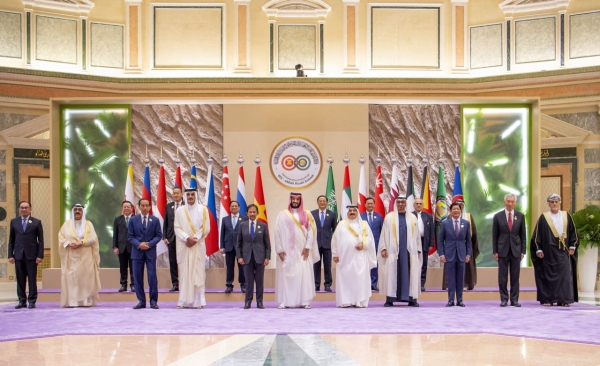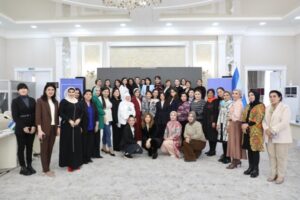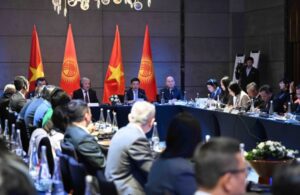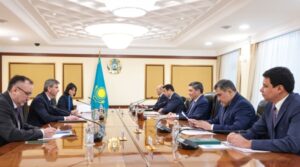Eldaniz Gusseinov, a columnist for Daryo and Non-Resident Research Fellow at the Haydar Aliyev Center for Eurasian Studies, has highlighted the Gulf Cooperation Council’s (GCC) recent shift toward regionalized foreign policy as a valuable model for Central Asia. His analysis shows the importance of institutionalized cooperation and shared strategies to address regional challenges.

GCC’s Regionalization Efforts
Since 2022, the GCC has taken steps to regionalize its foreign policy, focusing on collective action to solve shared challenges. Key developments include:
- Holding summits with Central Asia, ASEAN, and the EU.
- Institutionalizing meetings with EU heads of state.
- Signing five-year cooperation agreements to guide joint efforts.
These measures demonstrate the GCC’s commitment to creating a unified platform for dialogue and cooperation, enhancing its position as a proactive regional bloc.
Benefits of GCC’s Approach
The GCC’s regionalization strategy offers several advantages:
Enhanced Security: Joint efforts provide a platform to address common security threats more effectively.
Cost Efficiency: Group discussions streamline decision-making and reduce the need for multiple bilateral engagements.
Unified Agenda: A collective approach enhances the region’s appeal and simplifies interactions with global partners.
Implications for Central Asia
Gusseinov stresses that Central Asia can adopt similar strategies to strengthen regional ties and improve its standing in international relations. However, he warns against superficial engagement in international frameworks, noting that institutionalization is key to meaningful cooperation.
“Without their own mechanisms, Central Asian nations risk merely joining more advanced frameworks without achieving their independent goals,” Gusseinov explained.
To build a stronger and more cohesive region, Central Asia should focus on:
- Institutionalizing summits to ensure they deliver measurable outcomes.
- Developing its own regional mechanisms to foster integration and address specific challenges.
- Balancing participation in international initiatives with efforts to create sustainable local frameworks.
Central Asia’s integration efforts must go beyond symbolic summits to achieve tangible progress. By learning from the GCC’s model, the region can strengthen its institutional foundation, foster deeper cooperation, and address critical issues such as security and economic development.




